Pitting oedema
Table of Contents
Introduction
Pitting oedema occurs when fluids accumulate and cause swelling, usually in the lower body. Edoema is referred to as “pitting” when there is enough swelling to cause a “pit” when pressing on the affected area. Non-pitting oedema does not leave a mark and is typically caused by fluids with a high protein and salt content.
The severity of pitting oedema is clinically assessed on a scale based on the depth of the pit and how long it takes to resolve. Based on the diagnosis and assessment of pitting oedema, treatment consists of addressing the underlying causes of the problem.
This article explains the causes and symptoms of pitting oedema. It describes lifestyle changes and other interventions for treating pitting oedema.
What is oedema?
Edoema is observable swelling caused by fluid accumulation in body tissues. When parts of the body develop oedema, they are referred to as edematous. Edoema is most commonly seen in the feet, ankles, legs, and/or hands, where it is known as peripheral oedema. Edoema of the foot is also known as pedal oedema. The swelling is caused by the buildup of excess fluid under the skin in the spaces between tissues.
All tissues in the body are composed of cells, blood vessels, and connective tissues known as the interstitium, which holds the cells together. The majority of the body’s fluids found outside of cells are typically stored in two locations: blood vessels (as the “liquid” or serum portion of your blood) and interstitial spaces (not within the cells). Excess fluid can build up in one or both of these compartments due to a variety of diseases.
The body’s organs have interstitial spaces where fluid can accumulate, and there are several types of oedema. Pulmonary oedema is a condition in which fluid accumulates in the interstitial tissue surrounding the air spaces (alveoli) of the lungs. Furthermore, excess fluid can collect in the third space, which includes cavities in the abdomen (abdominal or peritoneal cavity—called “ascites”) or the chest (lung or pleural cavity—called “pleural effusion”). Anasarca, also known as extremely generalized oedema, is a severe accumulation of fluid in all of the body’s tissues and cavities at the same time.
What is pitting oedema?
Pitting oedema occurs when excess fluid accumulates in the body, causing swelling; when pressure is applied to the swollen area, a “pit” or indentation remains. Pitting oedema can occur anywhere on the body, but it most commonly affects the legs, feet, and ankles.
Pitting oedema can be seen by applying pressure to the swollen area and depressing the skin with your finger. Pitting oedema occurs when the pressing causes an indentation that remains after the pressure is released. Any form of pressure, such as the elastic in socks, can cause pitting in this type of oedema. This type of oedema may be normal, depending on its severity. Almost everyone who wears socks all day will experience mild pitting oedema at the end of the day.
What’s the difference between oedema and pitting oedema?
Edoema is a more general term for any swelling caused by excess fluid buildup in the body. Edoema develops when something disrupts the fluid in the body, causing an accumulation of interstitial fluid in tissues. Pitting oedema is a type of oedema characterised by pitting or indentation in the affected areas.
It is frequently caused by conditions that cause blood to pool in the feet or legs. The excess fluid that accumulates in pitting oedema is primarily composed of water. Non-pitting oedema, on the other hand, is usually associated with thyroid or lymphatic system conditions, and the fluid buildup that results can be made up of a variety of substances, including proteins, salts, and water.
Causes of Pitting oedema
Pitting oedema can be caused by several factors, including:
- flying
- Poor circulation.
- obesity
- pregnancy
- dehydration
- Low levels of protein
- Trauma or injuries.
Alternatively, any of the following conditions may be the cause:
- High Blood Pressure
- diabetes
- Psoriatic Arthritis
- Kidney problems
- Lung Diseases
- Liver diseases
- deep vein thrombosis, which involves a blood clot, usually in the leg.
- Chronic venous insufficiency is when the veins are inhibited.
- complications with the heart valve.
- congestive heart failure.
Pitting oedema could also be a side effect of medications like:
- steroids
- nonsteroidal anti-inflammatory medications (NSAIDs)
- Medications that supplement oestrogen
- medications for high blood pressure
- thiazolidinediones are a class of drugs used to treat type 2 diabetes.
Symptoms of Pitting oedema
This condition is most common in the lower extremities, specifically the legs, ankles, and feet.
Edema-induced swelling typically causes the skin to feel tight, heavy, or sore. Other symptoms vary depending on the cause but may include:
- tingling or burning sensations surrounding the swelling.
- Pain and ache in swollen areas.
- Skin that feels puffy or stiff.
- numbness
- bloating
- Water Retention
- cramps
- Unexplained coughing
- Fatigue or low daily energy
- Chest pain.
- Shortness of breath and difficulty breathing.
Patients who experience chest pain, shortness of breath, or swelling in only one limb should seek immediate medical attention.
Risk factor of Pitting oedema
Pitting oedema can affect anyone, but certain factors can raise one’s risk.
This includes:
- A sedentary lifestyle
- Living in a warm climate.
- a diet excessively rich in sodium
- obesity
- Multiple pregnancies.
- a history of lymph node surgery.
- Thyroid conditions
- Emphysema is a lung disease.
- Heart disease.
Diagnosis of Pitting oedema
If you notice symptoms of pitting oedema, see your doctor as soon as possible. They will examine it and inquire about other symptoms. They may examine your blood or urine to assess your liver or kidney function. You may be subjected to an electrocardiogram (ECG or EKG) and other heart-related tests.
Pitting oedema is frequently diagnosed through a physical examination. To check for long-lasting indentation, the doctor may apply pressure to the swollen skin for approximately 15 seconds.
Because some associated conditions are more dangerous than others, it is critical to determine the root cause of oedema. This may necessitate thorough testing. Once the underlying cause has been addressed, oedema usually resolves.
To properly identify the underlying cause, a doctor may take a detailed medical history and inquire about medication. They may then refer the patient to a vein or circulatory system specialist.
Grading pitting oedema
Your doctor may grade or measure your pitting oedema. These grades, ranging from 1 to 4, indicate how serious the situation is. The system is based on the depth of the pits and how long they last after pressing on the swollen area.
- 1+: You can barely see the pit.
- 2+: You notice a slight pit. It goes away within 15 seconds.
- 3+: You notice a deeper pit. It can take up to 30 seconds to go away.
- 4+: The pit is deep and takes longer than 30 seconds to exit.
Treatment of pitting oedema
Treatment is determined by the severity of pitting oedema and whether the patient has any other underlying causes. The type of therapy and medical intervention is closely related to the severity of the case, and it can vary greatly. Here are some common approaches:
- Leg elevation can help resolve milder cases of oedema.
- Support garments: Special compression stockings may be prescribed to improve blood circulation in the legs.
- Dietary interventions: Reducing salt intake and discontinuing alcohol consumption, among other things, may be advised.
- Medications: If your doctor determines that your medications are causing oedema, you may be advised to discontinue them. In some cases, diuretics (water pills) are prescribed to remove excess fluid buildup.
Pitting oedema also resolves when the underlying liver, kidney, or heart problems are resolved. As a result, other therapies, such as surgery, medications, and lifestyle changes, may also be used.
Complications
Scarring can cause your skin around the swelling to change and take on a “woody” appearance over time. If oedema stems from varicose veins, it may worsen.
Prolonged oedema increases the risk of developing an infection in the swollen tissues, especially if the skin cracks.
Prevention
When the underlying cause is successfully treated, oedema is unlikely to return.
Certain lifestyle and dietary changes can reduce the likelihood of developing oedema, especially if a person is at high risk.
Staying active, avoiding long periods of sitting or standing, and performing gentle exercises to reduce swelling are all possible changes.
Summary
Pitting oedema is a condition where fluids accumulate and cause swelling, typically in the lower body. It is most common in the legs, feet, and ankles and can be seen by applying pressure to the swollen area and depressing the skin with a finger. The severity of pitting oedema is clinically assessed on a scale based on the depth of the pit and how long it takes to resolve. Treatment consists of addressing the underlying causes of the problem.
Causes of pitting oedema include flying, poor circulation, obesity, pregnancy, dehydration, low protein levels, trauma, or medications like steroids, NSAIDs, and thiazolidinediones. Symptoms include tightness, heaviness, and soreness.
Risk factors include a sedentary lifestyle, living in a warm climate, a sodium-rich diet, obesity, multiple pregnancies, lymph node surgery, thyroid conditions, emphysema, and heart disease.
Diagnosis is crucial, and treatment depends on the severity of oedema and the patient’s other underlying causes. Common treatments include leg elevation, support garments, diet interventions, and medications. Preventative measures include staying active, avoiding prolonged sitting or standing, and performing gentle exercises to reduce swelling.
FAQs
If there is enough fluid and the swelling is caused by fluid rather than anything else, most oedema will pit. Pitting oedema is caused by either a localised problem with the affected area’s veins or a systemic problem with the heart, kidneys, or liver.
In most cases, a doctor should identify the cause of pitting oedema and, if necessary, refer the patient to a specialist. Some accompanying symptoms necessitate immediate attention. Anyone experiencing shortness of breath, difficulty breathing, chest pain, or swelling in one limb should seek medical attention right away.
Your doctor can test for pitting oedema by pressing a finger into your skin and observing the depth and duration of the indentation. Pitting oedema is graded on a scale of 1 to 4. Edoema causes swelling, which can affect your skin in the swollen areas.
There are numerous possible causes of pitting oedema, including poor circulation, obesity, pregnancy, dehydration, and injuries. Treatment will be based on the underlying cause of the condition, but it may include elevating the feet, wearing compression socks, or taking certain medications.
Many people with heart problems experience swelling in their legs. Kidney disease: Your kidneys are responsible for removing excess salt and water from your body. If they are not working properly, you may experience high blood pressure and pitting oedema.
References
- Facoep, J. P. C. D. (2023, June 21). Oedema (Pitting): Causes, Symptoms, Types, and Treatment for Fluid Retention. MedicineNet. https://www.medicinenet.com/edema/article.htm
- Gurarie, M. (2023, May 8). What Is Pitting Edema? Verywell Health. https://www.verywellhealth.com/pitting-edema-grading-5199435
- Johnson, J. (2023, October 30). How to identify pitting oedema. https://www.medicalnewstoday.com/articles/321773
- Booth, S. (2016, June 20). Pitting Edema. WebMD. https://www.webmd.com/heart-disease/pitting-edema
- Norris, T. (2017, August 31). Everything You Should Know About Pitting Edema. Healthline. https://www.healthline.com/health/pitting-edema

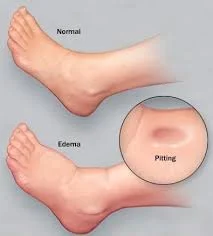

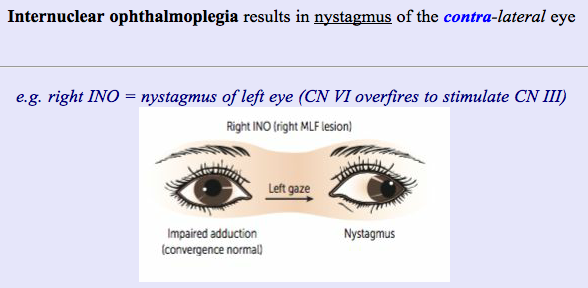
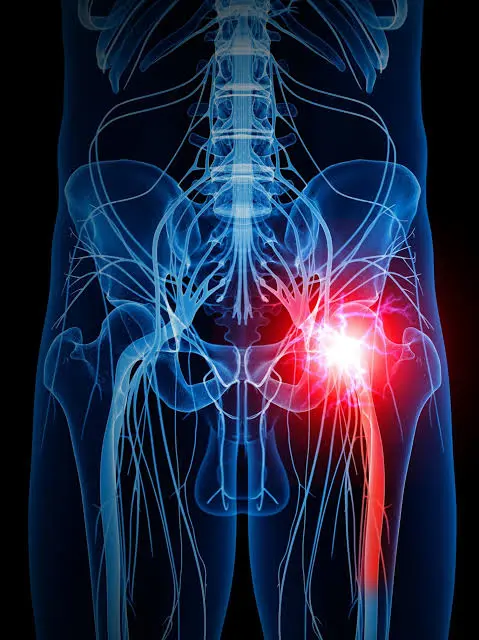
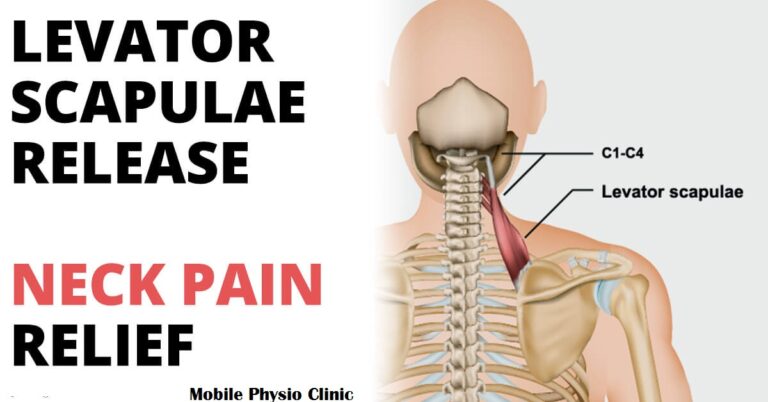

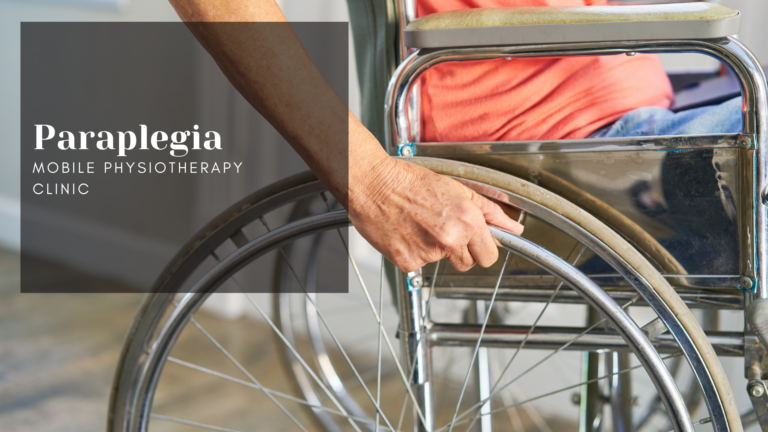
One Comment